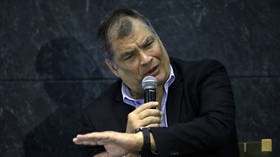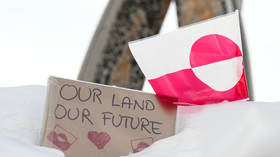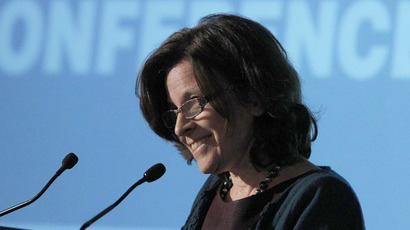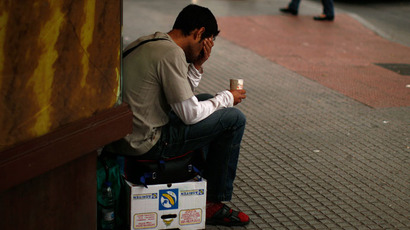US inequality at historic high, surpassing Roaring ’20s

Recent survey shows inequality in the US is at its new peak. The richest 1 percent of the population received almost a fifth of the national households’ income in 2012, thus breaking the previous record set in 1928.
The gap between rich and poor in the US is wider than ever,
according to research which uses preliminary 2012 US statistics
for income. It’s an update to a comparative analysis tracing
income figures back to 1913 and done by economists at the
University of California, Berkeley, the Paris School of Economics
and Oxford University.
“Indeed, the top decile share in 2012 is equal to 50.4
percent, a level higher than any other year since 1917 and even
surpasses 1928, the peak of stock market bubble in the ‘roaring’
1920s,” Berkeley’s Emmanuel Saez analyzes the new data in the
article, posted at the University’s webpage.
The study shows measures taken by the US government to get the
country out of the Great Depression efficiently contributed to
curbing the growth of inequality. However, since the early 1980s
the gap between the rich and the poor has been steadily
increasing.
The Great Recession of 2007-2009 saw the richest being hardest
hit with 36 percent of income loss, while incomes for the
remaining 99 percent of the population it only diminished by 11
percent.
The wealthiest 1 percent was, however, quick to recover,
capturing 95 percent of the income gains in the first two
post-recession years. The 2012 data suggests the bottom 99
percent of the population has hardly seen any recovery so far.
“We need to decide as a society whether this increase in
income inequality is efficient and acceptable and, if not, what
mix of institutional and tax reforms should be developed to
counter it,” Saez writes as a conclusion to his analysis.
The 2012 figures contribute to earlier reports on inequality surge in US, like the one issued
by Pew Research Center in April, analyzing the period between
2009 and 2011. The study suggested only the top 7 percent of
American households experienced an increase in their net worth
during that time.
The United States Federal Reserve is quite aware of the
increasing wealth gap and is investigating how the issue is
affecting the country’s attempts at rebounding from the financial
crisis of 2009.
“The large and increasing amount of inequality in income and
wealth, which has been an ongoing development for decades, may
have exacerbated the crisis and I think more research is required
to determine whether it may also pose a significant headwind to
the recovery from the crisis for years to come,” Fed Board of
Governors member Sarah Bloom Raskin said in May.














